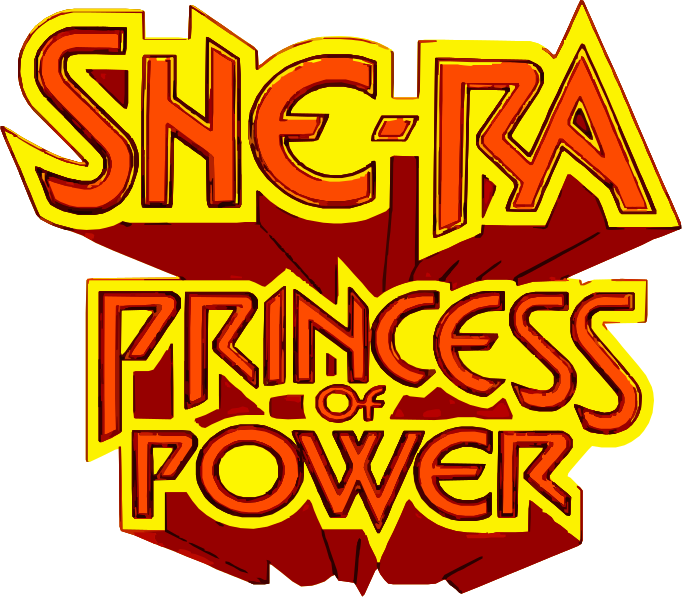Turn Your Vintage Toys into Cash 
Looking to sell your toys and get fast cash? Wheeljack’s Lab makes it simple and stress-free! We buy vintage toys, modern toys, and entire collections — from Transformers, G.I. Joe, and Star Wars, to He-Man, Teenage Mutant Ninja Turtles, and more. Whether your collection is from the 1960s, 1970s, 1980s, or 1990s, we’re ready to make you an offer.
- 1. Share Your Toys Take photos or make a list of your vintage toys, action figures, or toy collection.
- 2. Get a Free Toy Appraisal We’ll send you a fast, fair quote with no hidden fees or obligations.
- 3. Ship & Get Paid We cover shipping costs (and even pick up large collections). Once your toys arrive, you get 100% upfront payment!
Wheeljack’s Lab – We Buy and Sell Vintage Toys
Since 1999, Wheeljack’s Lab has been the trusted destination for vintage toy collectors and sellers alike. With over 300,000 satisfied customers across our website and eBay store, we make it easy to buy and sell toys online — fast, fair, and hassle-free.
Sell Your Toys for Cash
Have a toy collection you’re ready to part with? We buy vintage toys, modern toys, and complete collections from every era — including the 1960s, 1970s, 1980s, and 1990s. Whether you have Transformers, G.I. Joe, Star Wars, He-Man and the Masters of the Universe, Hot Wheels Redlines, Teenage Mutant Ninja Turtles, or Power Rangers, we offer competitive cash offers and free appraisals.
Learn more about how to sell your toys to Wheeljack’s Lab and see why sellers trust us for honest quotes, free shipping, and quick payment. You can also read our customer reviews to see real feedback from collectors and sellers who’ve worked with us.
Testimonials
Nam Ngo
Recently, I needed to downsize my collection of vintage 80's toys and model kits and instead of selling them piece-by-piece and trying to find buyers for everything, I contacted Chris at Wheeljack's Lab and was offered a very fair price for the lot. The transaction went very smoothly and Chris was in constant communication throughout the whole process. Best yet, Chris' warehouse is only a few hours away from where I live so I was able to deliver the items in person and saved myself the headache of a piece or two getting damaged or lost during shipping. Rest assured that if I ever want to sell the rest of my collection, Chris will be the only person that I would call.
Michael Wehr
When I was ready to sell my Transformers collection I contacted four companies to get t he best deal. Wheeljack's Lab was the first to respond and also offered the most for my collection. He was very easy to deal with and even offered me several payment options to make sure I felt comfortable before sending my collection to him. He offered to pay up front and even paid for shipping. Real easy and nice to deal with. I even talked to him on the phone and he sounds like a real nice and trustworthy guy. He eased my concerns and I would definitely look to him first if I had any other toys to sell!
Ryan Carhart
Chris was very easy to work with and provided excellent service. He was very fair in his valuation of my collection and was very prompt to pay. It is rare to find businesses these days that are fair, honest, and trustworthy, but this is definitely one of them. I HIGHLY recommend and could not have had a better experience.
Shop Our Vintage Toy Collection
Looking to buy vintage toys instead? Explore our massive selection in our online shop, we have AFA and CAS graded collectibles, sealed figures, complete loose action figures, boxed sets, and more — featuring over 100 classic toylines. Relive your childhood and expand your collection with authentic, high-quality toys from trusted brands.
Find Your Toy’s Worth
Want to know how much your vintage toys or childhood action figures are worth? With the Wheeljack’s Lab Price Guide, you can quickly check your toy’s value and see current market prices. Whether you’re selling your toys or just curious about your collection, our price guide makes it easy to track down your toy’s true value.




























